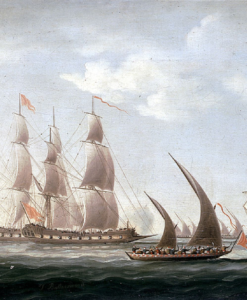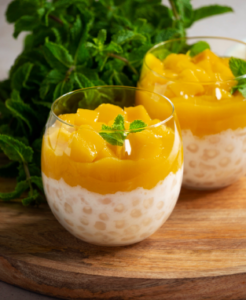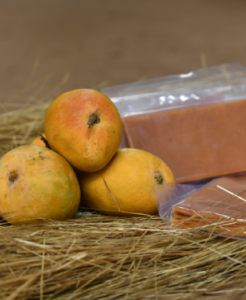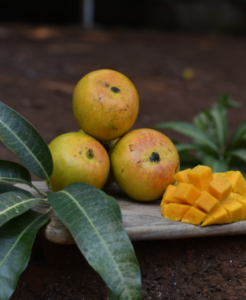

Related posts
Close
Recent
- Why Alphonso mango Buying has online challenges in India.
- Can Alphonso mango consume by diabatic patient
- The legend of Vijaydurg – Anandrao Dhulap: Maratha Admiral of Vijaydurg and his alphonso Mango connections
- Why Alphonso Mango Pulp is a Must-Have in Your Kitchen Pantry
- 5 Delicious Alphonso Mango Recipes to Try
- The Future of Drone Technology in Horticultural Practices and alphonso mango Crop Management
- Drones vs. Traditional Methods: Why Transitioning to Drones is Essential for Today’s Alphonso mango Farmers
- Revolutionizing Horticulture Farming like alphonso mango farming by Drone Application
- The Climate Change Impact on Alphonso Mango Growers: A Growing Concern
- Can Just in Time (JIT) applicable in Alphonso mango farming
Categories












